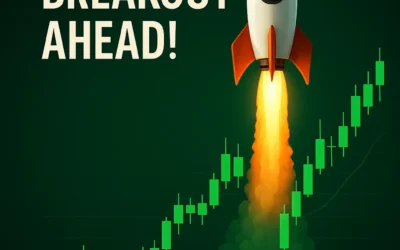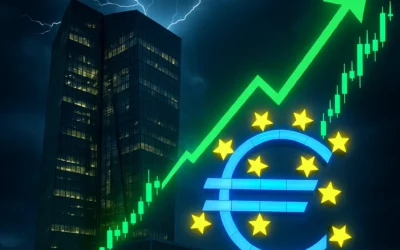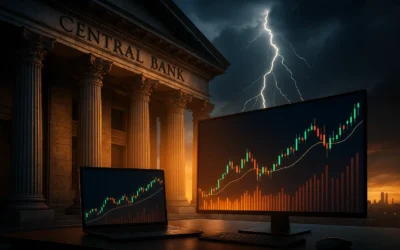
Americans are grappling with a growing financial burden, with average credit card debt now exceeding $6,000—an 8% increase from last year. Skyrocketing inflation and high interest rates are making it tougher to stay on top of payments, pushing many into a cycle of mounting balances. But how do you know when your credit card debt has crossed the line from manageable to problematic? Credit experts point to clear warning signs that your debt may be getting out of hand. Recognizing these red flags early can help you take action before the situation worsens.
The Rising Tide of Credit Card Debt
As of 2025, the average American owes over $6,000 in credit card debt, a figure that reflects the strain of rising costs and stagnant wages. With interest rates remaining elevated, carrying a balance month-to-month can quickly snowball, as high APRs—often exceeding 20%—add hundreds or even thousands to what you owe annually. For many, the inability to pay off their card in full each month is the first sign of trouble.
Key Signs Your Debt Is Becoming Unmanageable
Credit experts emphasize that if you’re unable to clear your credit card balance each month, you’re already at risk of falling into a debt trap. Here are the key indicators that your credit card debt may be spiraling out of control:
- You’re Only Making Minimum Payments
If you’re stuck paying just the minimum amount due, you’re barely scratching the surface of your debt. Most of your payment goes toward interest, leaving the principal largely untouched. This prolongs your debt and increases the total amount you’ll pay over time. - Your Credit Utilization Is Skyrocketing
Credit utilization—the percentage of your available credit you’re using—is a critical factor in your financial health. If you’re using more than 30% of your credit limit (e.g., $3,000 on a $10,000 limit), it’s a red flag. High utilization not only hurts your credit score but also signals reliance on credit to cover expenses. - You’re Using Credit for Everyday Expenses
Relying on credit cards for groceries, gas, or utilities because you don’t have enough cash on hand is a warning sign. This habit can quickly inflate your balance, especially if you’re not paying it off monthly. - You’re Missing or Delaying Payments
Late or missed payments are a major indicator of financial strain. Not only do they incur hefty fees, but they also damage your credit score, making it harder to secure favorable loan terms in the future. - Your Debt-to-Income Ratio Is Climbing
If a large portion of your income is going toward debt payments, you may be stretched too thin. A debt-to-income ratio above 36% is a sign that your financial obligations are becoming unsustainable. - You’re Feeling Overwhelmed or Stressed
Financial stress is more than just numbers—it’s emotional. If you’re losing sleep, avoiding bills, or feeling anxious about your finances, it’s a sign your debt may be taking a toll on your mental health.
What to Do If Your Debt Feels Out of Control?
If any of these signs sound familiar, don’t panic—there are steps you can take to regain control:
- Create a Budget: Track your income and expenses to identify areas where you can cut back and redirect funds toward paying off your debt.
- Prioritize High-Interest Debt: Focus on paying off cards with the highest APRs first (the avalanche method) to minimize interest costs.
- Negotiate with Creditors: Contact your credit card issuer to explore lower interest rates, payment plans, or hardship programs.
- Consider Professional Help: A credit counselor or debt consolidation program can provide tailored strategies to manage your debt.
- Stop Using Credit Cards: Break the cycle by switching to cash or debit for purchases while you work on paying down your balance.
The Bottom Line
With credit card debt on the rise, it’s more important than ever to stay vigilant about your financial habits. If you can’t pay off your balance in full each month or notice any of the warning signs above, it’s time to take action. By addressing the problem early, you can avoid the long-term consequences of unmanageable debt and work toward a healthier financial future.
Have you noticed any of these red flags in your own finances? Share your tips for managing credit card debt in the comments below!








0 Comments